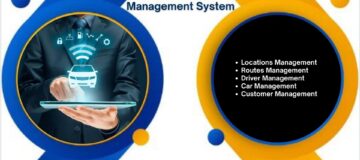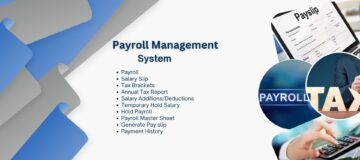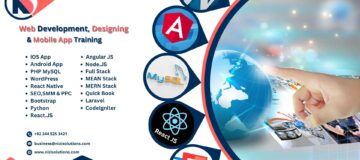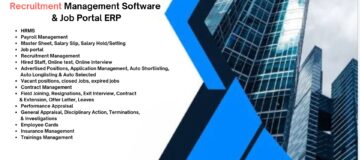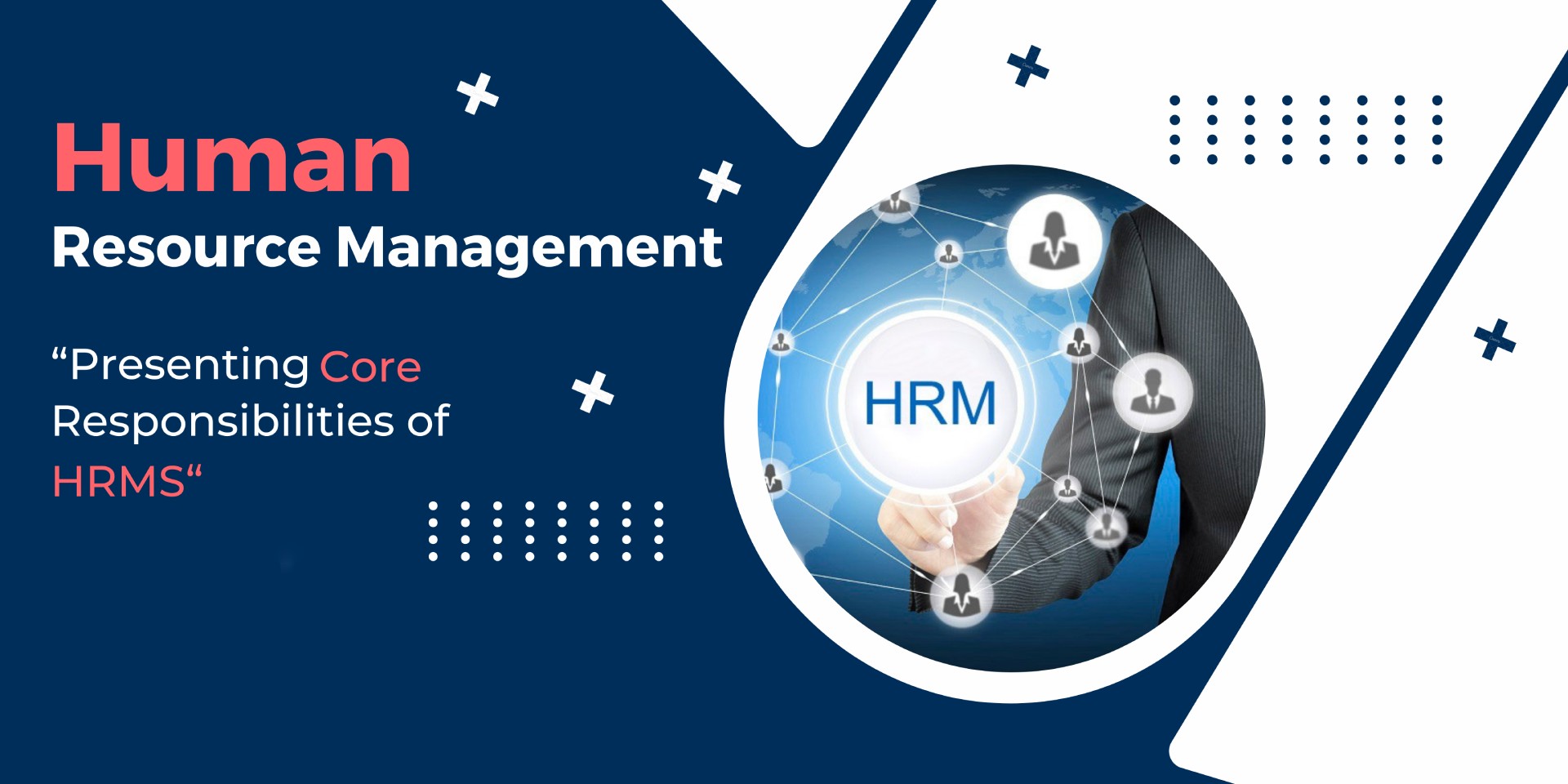
Introducing Nizi Solutions HRMS
In the rapidly evolving world of human resources, the need for efficient management systems has never been more critical. At Nizi Solutions, based in the picturesque city of Bern, Switzerland, we offer a comprehensive Human Resource Management System (HRMS) designed to streamline HR processes, enhance productivity, and foster a positive work environment. This blog post delves into the key features and benefits of our HRMS, illustrating how it can transform your organization’s HR practices.
A Human Resource Management System (HRMS) is a suite of software applications designed to streamline and enhance HR activities. From recruitment and onboarding to performance management and payroll processing, an HRMS integrates these functions into a single platform, allowing organizations to manage their human capital efficiently.
Key Features of Nizi Solutions HRMS
- Employee Lifecycle Management
- Our HRMS provides tools for managing every stage of the employee lifecycle, from recruitment to retirement. With customizable workflows, you can tailor processes to suit your organization’s specific needs.
- Centralized Database
- With a centralized employee database, all HR information is accessible in one place. This ensures that data is consistent, up-to-date, and secure, allowing for better decision-making.
- Automated Payroll Processing
- Say goodbye to the complexities of payroll management. Our system automates payroll calculations, tax deductions, and compliance reporting, ensuring accuracy and saving valuable time.
- Performance Management
- Nizi Solutions HRMS includes performance management tools that enable organizations to set goals, conduct evaluations, and provide continuous feedback. This fosters a culture of growth and accountability.
- Recruitment and Onboarding
- Streamline your hiring process with our integrated recruitment tools. From job postings to applicant tracking and onboarding workflows, we help you attract and retain top talent effortlessly.
- Employee Self-Service Portal
- Empower your employees with a self-service portal where they can manage their personal information, request leave, and access pay stubs. This not only reduces administrative burdens but also enhances employee engagement.
- Analytics and Reporting
- Leverage data-driven insights with our robust analytics tools. Generate reports on key HR metrics to inform strategic decision-making and improve organizational performance.
Why Choose Nizi Solutions HRMS?
- Tailored Solutions for Your Business
- We understand that every organization is unique. Our HRMS is customizable, allowing you to tailor features to align with your specific goals and processes.
- User-Friendly Interface
- Designed with the user in mind, our HRMS features an intuitive interface that requires minimal training, making it easy for HR professionals and employees alike to navigate.
- Data Security and Compliance
- At Nizi Solutions, we prioritize the security of your data. Our HRMS complies with local and international data protection regulations, ensuring your information is safe and secure.
- Dedicated Support
- Our commitment to our clients extends beyond implementation. We offer ongoing support and training to ensure you get the most out of our HRMS
The Impact of HRMS on Your Organization
Implementing Nizi Solutions HRMS can lead to significant improvements in various aspects of your organization:
- Increased Efficiency: Automating HR processes saves time, allowing HR teams to focus on strategic initiatives.
- Enhanced Employee Experience: A user-friendly platform encourages employee engagement and satisfaction.
- Better Decision-Making: Access to real-time data and analytics enables informed decision-making at all levels of the organization.
Main Features:
Employee Management:
- Recruitment and Hiring: Attracting and selecting the right talent for the organization.
- Onboarding: Introducing new employees to the company culture, policies, and their specific roles.
- Training and Development: Providing ongoing education and skill development opportunities to enhance employee performance.
- Performance Management: Regularly evaluating employee performance through reviews, feedback, and setting clear expectations.
- Employee Engagement: Fostering a positive work environment to keep employees motivated and committed.
- Compensation and Benefits: Designing competitive salary structures and benefits packages to attract and retain talent.
- Conflict Resolution: Addressing workplace conflicts and promoting a harmonious work environment.
- Compliance: Ensuring adherence to labor laws and regulations.
Payroll Management:
- Employee Data Management: Collecting and maintaining information on employee roles, salaries, and tax information.
- Time Tracking: Recording hours worked, overtime, and leave to ensure accurate pay.
- Payroll Calculation: Determining gross pay, deducting taxes and benefits, and calculating net pay.
- Compliance: Adhering to federal, state, and local regulations regarding wages, taxes, and reporting.
- Payment Processing: Disbursing salaries via direct deposit, checks, or other methods.
- Reporting: Generating reports for internal analysis and regulatory compliance, such as tax filings and year-end summaries.
- Record Keeping: Maintaining records of payroll data for audits and future reference.
- Employee Communication: Providing pay stubs and information about deductions and benefits to employees.
Accounting & Finance Management:
Accounting
- Financial Accounting: Focuses on reporting an organization’s financial performance through financial statements (like the balance sheet, income statement, and cash flow statement).
- Managerial Accounting: Provides internal reports to help managers make informed business decisions, including budgeting, forecasting, and performance evaluation.
- Cost Accounting: Analyzes the costs of production to help managers control costs and optimize pricing strategies.
Finance Management
- Financial Planning: Involves forecasting future financial performance and determining capital requirements.
- Investment Management: Focuses on managing assets and securities to achieve the best returns.
- Risk Management: Identifying and mitigating financial risks that could impact the organization’s profitability.
Key Concepts
- Budgeting: Creating a plan for spending and managing resources effectively.
- Cash Flow Management: Monitoring and optimizing the inflow and outflow of cash to ensure liquidity.
- Financial Ratios: Tools used to assess a company’s performance and financial health, such as liquidity ratios, profitability ratios, and debt ratios.
Recruitment Management System:
- Job Posting: Employers can create and manage job listings.
- Applicant Tracking: Track applications through various stages (applied, interviewed, hired, etc.).
- Resume Database: Store and search resumes of potential candidates.
- Candidate Profiles: Create profiles for candidates with their experience, skills, and applications.
- Collaboration Tools: Allow team members to comment and provide feedback on candidates.
- Reporting and Analytics: Generate reports on hiring metrics, time-to-hire, and more.
- Customizable Workflows: Set up different hiring processes for various roles.
Features for a Job Portal:
- User Registration: Allow job seekers and employers to create accounts.
- Search Functionality: Enable job seekers to search for jobs by title, location, and keywords.
- Job Alerts: Send notifications to users when new jobs match their criteria.
- Application Submission: Allow candidates to apply directly through the portal.
- Employer Branding: Provide employers with tools to showcase their company culture and values.
- Reviews and Ratings: Allow employees to rate and review companies.
- Mobile Compatibility: Ensure the portal is accessible on mobile devices.
Technologies to Consider:
- Frontend: React, Angular, or Vue.js for a responsive user interface.
- Backend: Node.js, Django, or Ruby on Rails for handling data and server-side logic.
- Database: PostgreSQL, MySQL, or MongoDB for storing user and job data.
- Hosting: AWS, Heroku, or DigitalOcean for deploying the application.

